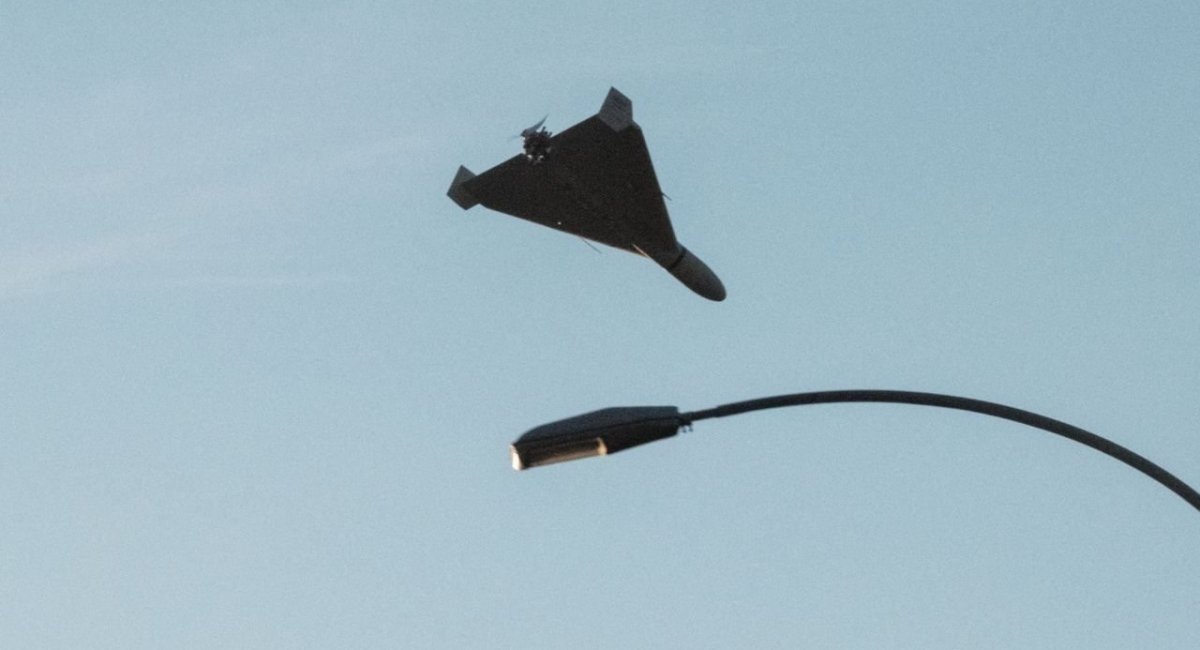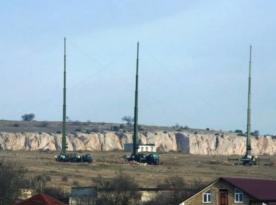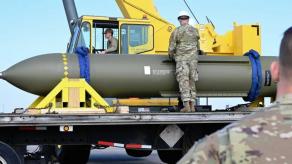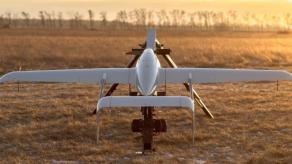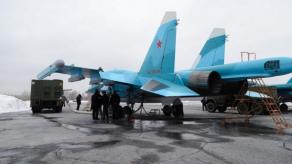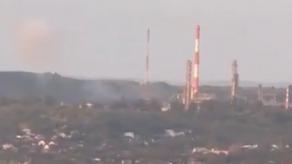Iran was able to hide the process of creating kamikaze drones of the Shahed-131 and Shahed-136 types. That is why it was able to bypass sanctions and purchase a sufficient number of Western-made components in advance
The Royal United Services Institute (RUSI) has published a commentary on Iran's Shahed-131 and Shahed-136 kamikaze drones. In particular, the article analyzes the technical aspects of how Iran was able to create such UAVs, bypass sanctions for their production and hand them over to the russians for shelling the civilian infrastructure of Ukraine. If we read this text creatively, we will be able to create such a picture for ourselves.
Read more: It Became Known How Many Iranian-made Kamikaze Drones russia Has Already Used Against Ukraine and How Many More it May Have
Iran managed to create an "information veil" that covered the real process of creating drones under the indexes Shahed-131 and Shahed-136, which apparently lasted from 2014 to 2019. It was in 2014 that publications began to appear in the Iranian media about the development of a drone with a delta-shaped wing, which was supposedly called ‘Touphan’ (that is, ‘Typhoon’), which was supposedly capable of "tracking the target with the help of an optical tracker", but had a flight duration of only 1 hour at a speed of 250 km/h. Since Iran has been "riveting" such an unmanned "wunderwaffe" since the 1980s, no one paid attention to such "signals".
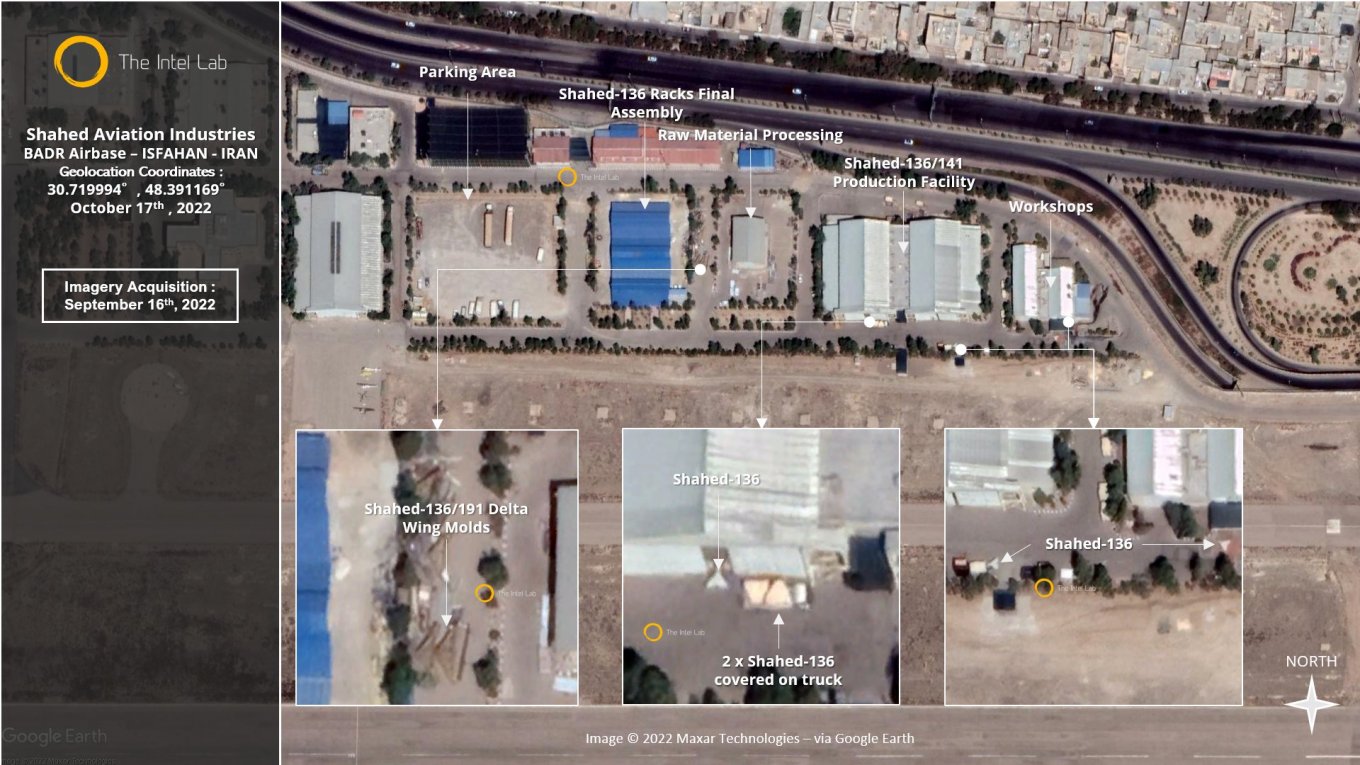
If we take the timeline between 2019 and 2022, there have been only two recorded attacks in which Iran could have possibly used the Shahed-131 and/or the Shahed-136.
The first was in September 2019, when several kamikaze drones attacked oil production infrastructure in Saudi Arabia. But then Iran was able to arrange the case in such a way that it seems that the Yemeni Houthis independently produced such primitive UAVs. The second case is when in July 2019, after several attempts, the super-tanker Mercer Street, which was actually working for Israel, was attacked by unknown UAVs.
It is significant that even Israel's intelligence, with its apparently high level of awareness of its adversaries, took as long as 3 months to definitively understand that 1) their tanker was indeed attacked by Iran, with the help of a kamikaze drone, and that 2) the Iranians used the latest UAV of the Shahed-136 type for this attack.

In December 2021, Iran held the first "official" presentation of the Shahed-136 during the maneuvers of its army. But it seems that even then these ‘flying mopeds’ (airborne motorbikes), as Ukrainians call them now for their noise, looked more like a "funny wunderwaffe" that no one took seriously.
No one in the civilized world could have thought that the Iranians were preparing to launch the production of their "flying mopeds", that Tehran could start illegally buying "dual-purpose" components for their production. And now, after that, the White House is forced to create a special group to understand how it happened that 82% of the components in Shahed-type UAVs actually come from the USA.
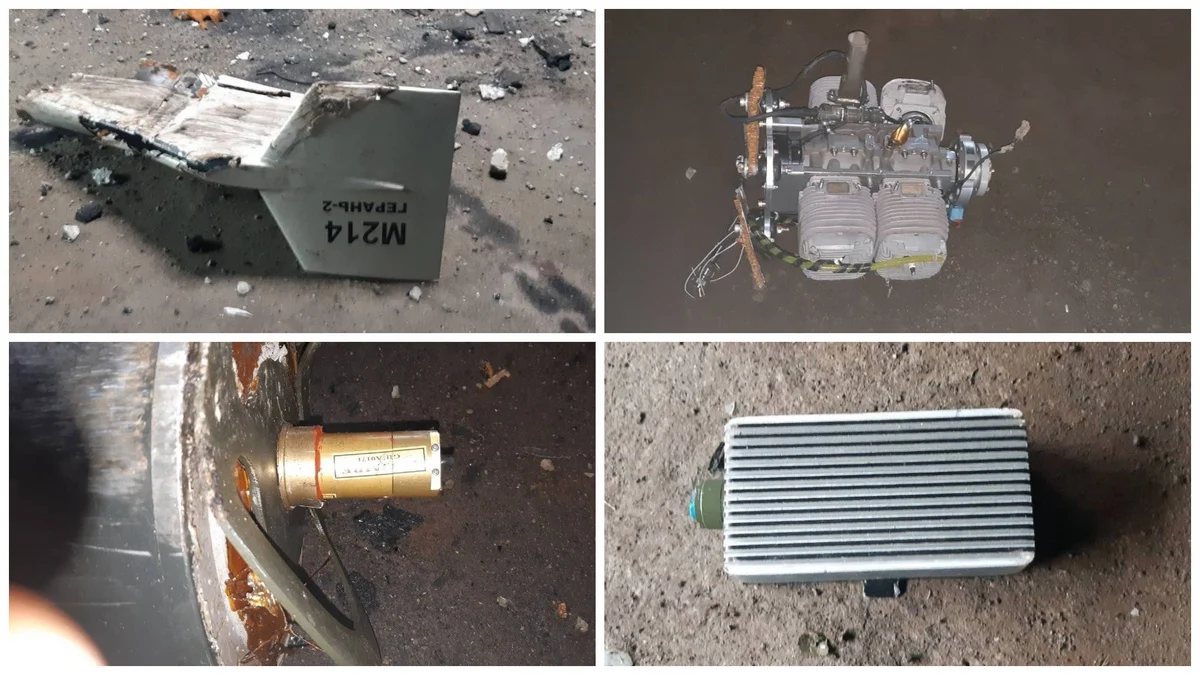
Separately, the authors of the RUSI publication emphasize that it is more appropriate to classify the Iranian Shahed-131 and Shahed-136 "true cruise missiles, albeit of the propeller-driven, slow-flying kind" rather than classic ‘loitering munitions’ or ‘kamikaze drones’. Such aircraft are not capable of "hunting" targets directly on the battlefield, in conditions of dynamic development of the situation. But such "mopeds" are capable of hitting targets at long distances according to predetermined coordinates.
By their very existence, the Shahed-131 and Shahed-136 kamikaze drones somehow undermine the ‘cruise missile’ weapon class, because, for example, they are more massive and cheaper than the russian Kh-101 cruise missiles. Therefore, the Iranian Shahed as a type of weapon has its own perspective and future, even without taking into account the fact that the air defense of Ukraine shoots down at least 75% of such air targets.

Read more: Ukraine’s Air Force Shoot Down 100% of russia’s UAVs Over Past Two Days and About 500 Kamikaze Drones Since September




